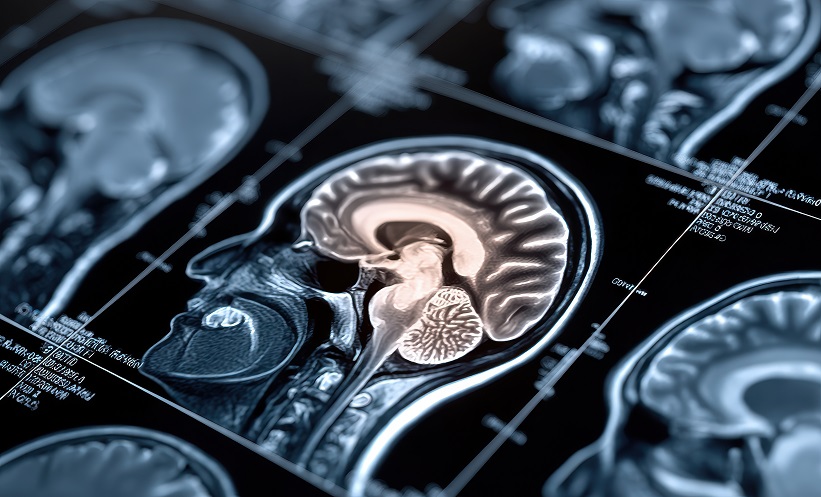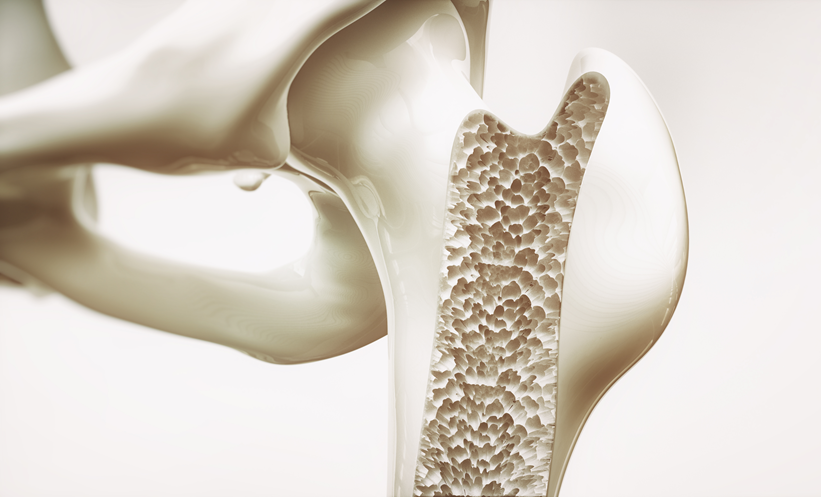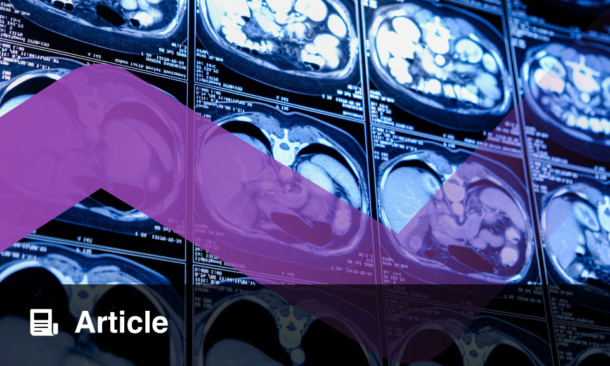A new artificial intelligence (AI) model using MRI scans of the pituitary gland has demonstrated strong potential in predicting growth hormone deficiency (GHD) among children with short stature. Developed through a multicentre study, the interpretable radiomics model could offer a non-invasive alternative to the traditional growth hormone stimulation test, which remains the standard but can be stressful for young patients.
Study Design and Key Outcomes
The retrospective study involved 202 children from one institution for internal analysis and 138 from two other sites for external validation. Participants included 166 with GHD and 174 with idiopathic short stature (ISS). Researchers extracted radiomics features from pituitary MRI scans, narrowing hundreds of imaging features to 17 through SelectKBest and least absolute shrinkage and selection operator (LASSO) techniques.
Six machine learning models were tested, with the support vector machine (SVM) model performing best. It achieved area under the curve (AUC) scores of 0.877, 0.878, and 0.885 across training, testing, and external validation sets. A clinical-radiomics version combining imaging and clinical data performed similarly well, reaching an AUC 0.874, 0.878, and 0.889 across the same cohorts. Both radiomics-based models significantly outperformed traditional clinical assessments (p<0.001).
Clinical Relevance and Future Use
To improve interpretability, the team used Shapley additive explanation (SHAP) analysis, identifying three radiomics features with notable differences between GHD and ISS groups. These findings help clinicians understand how the model reaches its predictions.
Researchers concluded that the MRI-based radiomics SVM model delivers high diagnostic accuracy and could serve as a practical screening tool for children with short stature. By providing a clear and data-driven assessment of hormone activity, the model may reduce dependency on invasive stimulation tests. Future research will focus on larger, prospective trials to further validate its clinical utility and support its integration into routine paediatric care.
Reference
Shi F et al. An interpretable radiomics model based on pituitary mri to predict growth hormone deficiency in short-statured children: a multicenter study. Academic Radiology. 2025; DOI: 10.1016/j.acra.2025.10.006.








